Deskripsi
Museum Subak adalah museum alat pertanian tradisional Bali dan dokumentasi lama untuk mengingatkan seluruh generasi muda tentang Organisasi Subak yang terkenal di dunia. Terletak di desa Sanggulan, kecamatan Kediri, dan kabupaten Tabanan tepatnya 20 Km di bagian barat kota Denpasar. Museum ini dibuka untuk umum dan menjadi salah satu tujuan wisata di kabupaten Tabanan, bagian barat Bali. Terletak strategis di kota Tabanan dan dekat dengan tujuan wisata lain di kabupaten ini.
Sejarah Museum Subak Bali
Kabupaten Tabanan adalah salah satu kabupaten di Bali yang memiliki sawah terluas, sehingga sering kali kabupaten ini disebut sebagai Lumbung Padi Pulau Bali. Desa Sanggulan dipilih sebagai lokasi Museum Subak karena pertimbangan bahwa Subak Rijasa di kabupaten ini yang pada tahun 1979 telah mencapai Juara Nasional dalam Program Intensifikasi yang mengangkat nama Bali di tingkat nasional. Selain itu, kabupaten Tabanan memiliki lebih banyak Organisasi Subak jika dibandingkan dengan kabupaten lain. Pengembangan Museum Subak ini diinspirasi oleh niat semua pecinta budaya Bali. Museum ini diharapkan dapat melestarikan Subak sebagai aset budaya lokal yang berjasa dalam mengembangkan dan meningkatkan produksi padi pertanian, terutama padi dan sistem irigasi tradisional. Sistem ini sangat terkenal di negara asing karena memiliki sistem irigasi yang mirip seperti Fai di Thailand dan Zangera di Filipina dengan celah dan spesifikasi yang tidak seperti Subak yang ada di Bali. Subak adalah organisasi petani sawah basah untuk mendapatkan irigasi air dari sumber-sumber.
Apa yang Dapat Dilihat di Museum Subak Bali ?
Museum Subak terdiri dari bangunan yang tertutup dan terbuka. Bangunan tertutup terdiri dari stan pameran di mana kita dapat melihat demonstrasi objek yang terkait dengan pekerjaan petani, bangunan audio visual yang menceritakan aktivitas Subak dalam hubungannya dengan manajemen irigasi air, perpustakaan, dan kantor. Bangunan terbuka adalah visualisasi demonstrasi Subak dalam bentuk mini yang terdiri dari kolam sebagai tempat relokasi irigasi, terowongan untuk mengalirkan air dari kolam ke relokasi air. Objek dan peralatan petani ditampilkan di bangunan pameran adalah perlengkapan dan objek yang disusun sedemikian rupa mulai dari peralatan untuk membuka lahan pertanian, membuat perlengkapan irigasi, pengolahan lahan, konservasi tanaman, panen, membuat beras, dan peralatan dapur. Tidak berbeda dengan museum lain di Bali, Museum Subak di desa Sanggulan mempunyai fungsi-fungsi berikut:
• Sebagai pusat penelitian dan dokumentasi erudite
• Sebagai tempat pengaliran ilmu pengetahuan
• Tempat pengetahuan budaya
• Tempat introspeksi manusia
• Tempat cerminan sejarah manusia
• Tempat menikmati objek seni dan budaya secara umum
Museum Subak adalah salah satu museum paling menarik di Bali. Terletak di desa Sanggulan dua km di timur Tabanan. Museum Subak menampilkan pameran tentang sejarah dan perkembangan organisasi irigasi Subak unik Bali. Ini adalah satu-satunya museum di Bali yang fokus pada pertanian, memberikan seluruh informasi tentang kehidupan pertanian di Bali dan semua aspek terkaitnya.
Sesuai dengan namanya, tampilan utama di Museum Subak adalah miniatur Subak yang menyajikan serangkaian gambar perkembangan Subak dari menemukan mata air, membuat terowongan dan bendungan, mengalirkan air melalui terowongan dan bendungan hingga mengelola air di sawah. Pameran peralatan pertanian untuk memotong, membersihkan, dan menumbuk beras; alat untuk meratakan tanah, membajak, mencabuti dan menggali terowongan air; berbagai perangkap ikan; penjepit untuk menangkap belut, jaring kayu yang digunakan untuk menangkap capung, dan semua peralatan yang berkaitan dengan aktivitas Subak dapat ditemukan di sini.
Museum Subak menyediakan film yang menggambarkan proses penanganan lahan pertanian. Proses ini terdiri dari berbagai kegiatan, dari pertemuan anggota Subak untuk mengatur aturan Subak hingga membajak lahan hingga mengungkapkan rasa syukur kepada Tuhan atas panen yang baik. Museum ini juga menampilkan berbagai upacara yang umum dilaksanakan pada berbagai tahap siklus budidaya. Ada juga miniatur dapur dengan peralatan yang digunakan untuk memasak nasi, model rumah tradisional yang dibangun berdasarkan ilmu arsitektur kuno Asta Kosali Kosali.
Bagi pengunjung yang ingin mendapatkan informasi lebih lanjut tentang Subak, tersedia perpustakaan dengan koleksi lengkap buku, manuskrip daun kelapa, dan plat tembaga terukir yang berkaitan dengan Subak. Koleksi tersebut terutama membahas berbagai ritus yang dilaksanakan pada setiap tahap siklus budidaya, metode bercocok tanam, dan hari-hari baik untuk memulai kegiatan termasuk pantangannya. Perpustakaan tidak hanya menyimpan koleksi yang berkaitan dengan Subak (pertanian irigasi) tetapi juga menyediakan koleksi lengkap literatur tentang Subak Abian (sawahan tidak beririgasi).
Museum Subak tidak hanya memberikan informasi lengkap tentang Subak tetapi juga memberikan gambaran tentang seberapa dalam pertanian padi terkait erat dengan kehidupan sehari-hari masyarakat Bali serta dengan budaya dan agama Bali.
Catatan
Titik pertemuan atau tempat rencana perjalanan yang akan dukunjungi
Paket menginap terfavorite

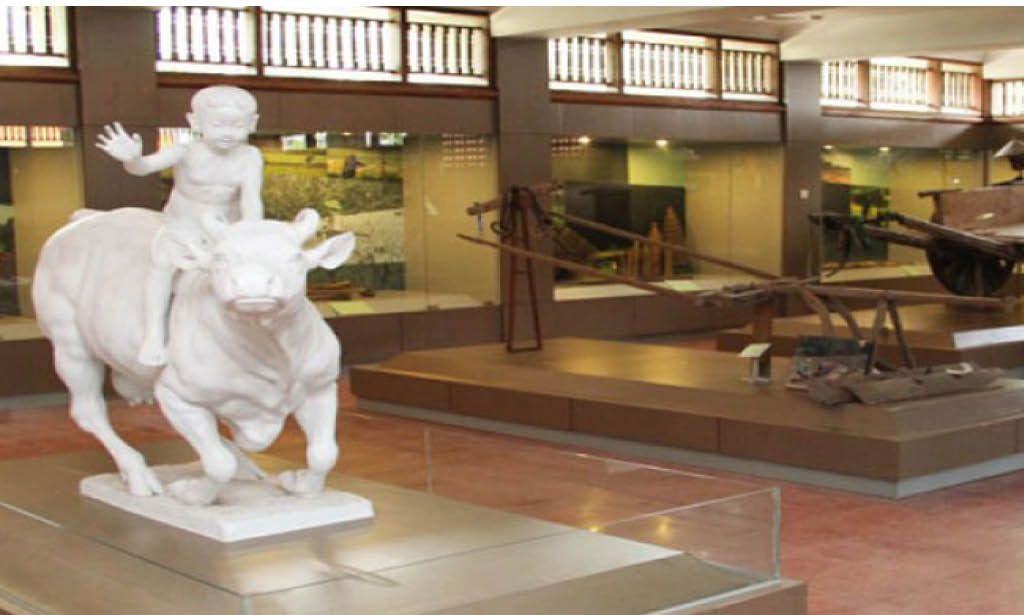

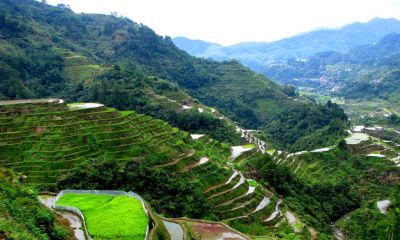
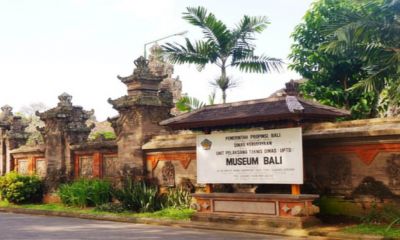

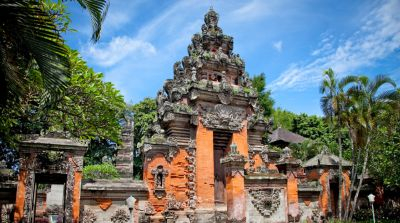
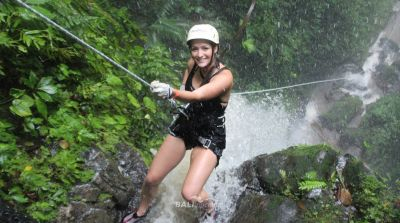





0/5